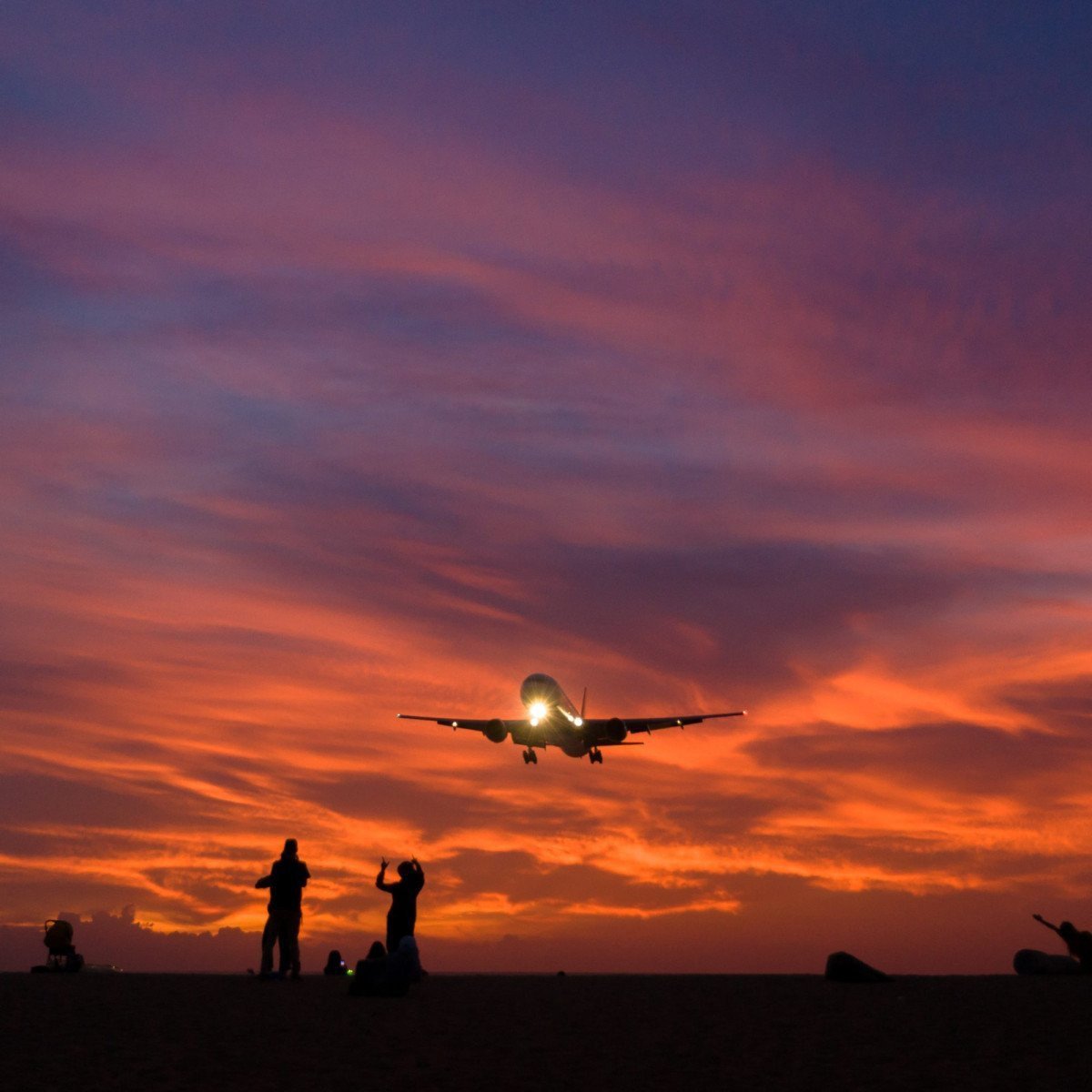There’s a black-and-white snapshot from my early days of shooting that I still keep, etched with an unfocused silhouette of a bird in mid-flight against a stark afternoon sky. It’s not my best work, let’s put it that way. So, why do I keep it? Because it serves as a vibrant reminder of how crucial it is to understand your camera settings. Quick pop quiz: Have you ever found yourself frantically adjusting your camera settings trying not to miss that golden shot, only to end up disappointed with the lackluster results?
According to a survey by Format, up to 32% of photographers admit to not being completely comfortable with their camera settings. It’s an unexpected truth, isn’t it? Camera settings, no doubt, can prove to be a minefield for both beginners and seasoned pros, and that’s what we’re going to delve into today.
1. ISO: Harnessing Light and Darkness
“The more light, the better,” my photography teacher once said, “unless there’s too much.” An ironic twist there, right? But when dissected, this seemingly cryptic piece of advice makes perfect sense. Too little light and your subject is lost in obscurity. Too much, and it’s bleached out of existence. So, where’s the balance? It’s found in the holy grail of camera settings – ISO.
Referencing ISO, I can’t help but think back to times when I was shooting golden hour portraits. The warm glow, the soft hues, and how everything changes by the minute – it’s an alluring, yet challenging, spectacle to capture. An understanding of ISO plays an undeniable role here. Hang on, let’s break it down.
ISO, simply put, controls the sensitivity of your camera’s sensor to light. Lower ISO values (like 100 or 200) mean less sensitivity and are ideal for the well-lit scenarios during the golden hour. As light dwindles, you may need to notch up your ISO to capture clear images without having to reduce shutter speed or compromise on aperture.
2. Shutter Speed: Capturing Stillness and Motion
Remember my misadventure with the bird snapshot? Faster shutter speed could’ve saved that day. But back then, I was still learning to dance with the rhythm of my camera settings.
Most think of shutter speed as the switch between blur and clarity, between motion and stillness. And while that’s right, it’s also a storyteller’s tool. Fast shutter speed can freeze action, giving crisp images, even at 1/2000 of a second. Think of water droplets suspended mid-splash or a dynamically frozen high-speed sports shot.
Slow shutter speed, on the other hand, can capture movement, creating a sense of speed or passage of time. The swirls of traffic lights or the smooth flow of a waterfall, those mesmerizing long exposures wouldn’t be possible without playing with slower shutter speeds.
3. Aperture: Nailing Depth and Details
Once, a fellow photographer confessed to me that the f-stops seemed like a different language altogether. And given its inverted scale, it really can throw you off if you’re not in the know. These f-numbers control your camera’s aperture, which, in turn, affects the depth of field and how much of your shot is crisply in focus.
Low f-numbers (large aperture) mean more light coming into your camera lens, creating a shallow depth of field. This effect is often desired in portraiture photography where you’d want your subject in sharp focus and the background blurred, adding a sense of depth and focus to your images.
High f-numbers (small aperture) give you a deeper depth of field, meaning more elements in your frame will be in sharp focus – ideal for landscapes where every detail from scattered leaves to distant mountainside is equally cherished.
In Concluding…
Now that you’re aware of three out of our ten crucial camera settings – ISO, shutter speed, and aperture – are you up to the challenge to wield them better in your next shoot? Or perhaps even now? After all, isn’t photography itself a test of capturing the right moments? Don’t let moments slip away because our fingers stumbled on the camera settings. Keep exploring and keep shooting, because your best shot might just be your next one.


0 Comment